By Kelly Bell
The parachute of aptly named Major J.D. Frost cracked open in the freezing air high above the French Channel coast at 12:45 am, and he commenced drifting down through the moonlit gloom. It was light enough for him to pick out the landmarks he had memorized from countless reconnaissance photographs. A foot of fresh snow cushioned and muffled his landing. He checked his combat knife and American .45-caliber automatic pistol. They were still with him and in good order.
After the din inside the Whitworth Whitley bomber, the silence of the nocturnal French countryside in midwinter was deafening. While Frost’s soldiers touched down nearby, he disconnected the red locater light on the equipment canister that had landed next to him. He led his men to the cover of a nearby tree line and hoped the softly falling snow would cover their tracks before first light. Everything had gone smoothly. So far.
The Funk Messgerat
On January 21, 1942, Lord Louis Mountbatten, as the newly appointed commander of the Royal Navy Combined Operations Department, presented to the British Chiefs of Staff a proposal for a commando raid on a cliffside facility on the coast of German-occupied France. The Royal Air Force’s Photo Reconnaissance Unit (PRU) had detected a suspicious installation that counterintelligence thought might house a new radar device British agents had heard of recently.
This revolutionary apparatus could supposedly lock onto a Lancaster, Wellington, or Stirling bomber with a narrow beam and unerringly guide Luftwaffe night fighters to it. A pilot flying a Spitfire specially adapted for reconnaissance had recently taken a priceless photo of a worrisome mechanism resembling a huge saucer standing on edge. It was set up on a seaside cliff just north of the French coastal village of Bruneval. English technicians desperately wanted to examine one of these machines and devise a means of counteracting it before it could be brought into widespread, destructive use.
On May 8, 1941, a Wellington bomber, designated a Ferret since it was adapted to home in on radar pulses, had detected the signature of an apparatus on the revolutionarily accurate range of 570 megacycles. London frantically adjured its espionage operatives on the Continent to learn all they could about this unexpected technical development.
The agents managed to learn that these new sets were called “FMG,” but did not know what these initials meant. It actually stood for Funk Messgerat (radio-measuring apparatus), and the spies managed to pass the news to London that four of the mysterious devices were operating in Vienna. This was so deep inside the Third Reich that these sets had to be receivers, absorbing data sent to them from other locations.
Devising the Raid on Bruneval
Late in 1941 someone calling himself a “well-wisher in the American Embassy in Berlin” managed to forward to London a most interesting photograph. The print showed a newly erected flak tower in Hitler’s capital. On top of the tower was a metal lattice aerial that looked like a saucer standing on edge. A few weeks later a Chinese scientist working in Berlin visited the U.S. embassy and confirmed the photographic report. He described the dish as 20 feet in diameter and parabolic shaped.
Mountbatten was confident one of these new radar sets could be grabbed by a commando unit and returned intact to Britain. He asked for a company of paratroopers, a section of airborne Royal Engineers, a couple of RAF radar mechanics, a squadron of Whitley bombers to ferry the commandos to France, and adequate naval elements to return them to England.
Bruneval is located in a huge ravine that ends in a cliff-encircled beach that PRU planes could meticulously map. In agreeable weather the beach seemed an acceptable spot for landing craft to pick up the special unit. Mountbatten quickly obtained approval for the operation and contacted the commander of the Army’s airborne forces, Maj. Gen. F.A.M. Browning, to recommend a unit for the project. Browning selected the newly formed 2nd Parachute Battalion (virtually all of the Army’s experienced outfits were already occupied), which was assembling at Hardwick Hall in the Midlands.
Frost had been serving in a conventional role as adjutant of the 2nd Parachute Battalion when the order came to send one company to Wiltshire on the Salisbury Plain, where it would receive training for a special assignment. The unit selected was C Company (also known as Jock Company), and Frost, who had just turned 30, was its commanding officer. He was to train separately from his men at the RAF parachute training center outside Manchester.
The Race for Radar
When Great Britain and Germany had independently discovered radar in the 1930s, neither country knew the other had it. It was the British who would need it first, and if they did little else to prepare for the coming conflict with the Third Reich they did perfect an aircraft early warning system. By the time war erupted they had developed radar to an extent beyond that of any country in the world, but the Germans still knew absolutely nothing about the United Kingdom’s sophisticated network of radio direction finding posts.
This did not mean that Nazi technicians, mindful of their Führer’s impatient expectations, toiled any less feverishly on their own technology. By late 1941 they had produced an apparatus that threatened the existence of the budding Allied strategic bombing offensive. Across the English Channel, the British military prepared to react to this peril.
Back in November 1940, an RAF reconnaissance aircraft had photographed a couple of odd-looking circular depressions in the Le Havre area. At first glance they looked like cow pens, but closer examination revealed they were no more than 20 feet in diameter. Further overflights confirmed they were flak pits; but what would the Germans have in this isolated area that needed protection from aerial attack?
The following February, British radio monitors picked up radar pulses on 120 megacycles. This banished the mystery of the cow pens. They were antiaircraft installations placed to protect a radar installation, and presumably the worrying 570-megacycle sets would also have to be in this area since it was the only route Allied bombers had for their runs into German-occupied Europe. The realization that Hitler had not only the most powerful air force in the world but also radar to forewarn it of approaching warplanes was sobering. Something had to be done.
Headquartered aboard the landing ship HMS Prins Albert, Jock Company spent January 1942 drilling intensively and frustratingly on the rocky, windswept, icy beaches of Loch Fyne on the Argyll coast. The company’s center of operations was the town of Inveraray, and the unit endured an agonizing training period. Practicing nocturnal landing and embarking in landing craft on the boulder-littered beaches was not only difficult but also dangerous in the crashing, freezing surf.
The tides seemed always to be flowing in the wrong direction, and when drilling on how to pick up the commandos after the raid the landing craft crews had great difficulty finding the dark-clothed commandos on the beaches at night and frequently did not see flashlight signals and flares from the men on shore.
Although the troops could not help but wonder about the quality of training they were receiving, there was no doubt it was at least preparing them for the worst. They figured the mission could not possibly be harder than the training.
The British were not the only Allies working hard to ensure the success of the coming assignment. In Paris a French spy code-named Bob was a crucial part of the operation. His real name was Robert Delattre, and on the evening of January 24, 1942, he received two coded transmissions from his control center in London and passed them on to his chief, Gilbert Renault, the legendary Allied spy who went by the cover name Remy. Aided by his wife, Edith, Renault decoded the message: “24.1.42 TO RAYMOND CODE A NO 49 need information indicated questionnaire message that follows stop … inform us within forty-eight hours delay necessary obtain this information observing following conditions firstly do not act yourself nor gravely risk members your organization secondly do not compromise success operation Julie stop…to deceive boches in event your agent taken he be ready to reply same question not only for place chosen but for three or four other similar places on coast stop to follow….”
Although his cover name was Remy, Renault was addressed as “Raymond” in coded messages. Operation Julie was his impending air trip to London to receive his next assignment. The evening’s communications continued: “24.1.42 TO RAYMOND CODE A NO 50 questionnaire first position and number machine guns defending cliff road at theuville repeat theuville on coast between cap antifer and saint jouin latter being seventeen kilometers north le havre secondly what other defenses thirdly number and state preparedness defenders stop … are they on qui vive stop … first class troops or old men stop … fourthly where are they quartered fifthly existence and positions barbed wire [message] ends.”
On his first wartime visit to London, Renault had met the Free French commanding general, Charles de Gaulle, who flattered him by assigning him as Allied intelligence’s eyes and ears for the entire French Atlantic coast. One of Renault’s early spy recruits was one Roger Dumont, an embittered officer of the recently defeated French Air Force.
Code-naming his new man “Pol,” Renault assigned him to keep close and vital tabs on Luftwaffe activity throughout the region. Dumont quickly informed Renault of a suspiciously well-guarded German radio installation just north of Bruneval. When Renault passed this information on to London, the British intelligence chiefs were very interested and commenced laying plans for the commando raid.
In Le Havre another of Remy’s agents, a mechanic code-named “Charlemagne,” was the purpose of Remy’s flight to England. Charlemagne’s real name was Charles Chauveau, and Remy was ordered to assign him the task of chauffeuring Pol from Paris to the coastal area near Le Havre so he could study the area and draw maps to be used to prepare for the coming raid.
When the two spies were examining the installation, they noticed the guards were awfully bored and not at all vigilant. They also saw a German enter the compound by pulling open a camouflaged door in the barbed wire perimeter and, showing no sign of caution, walk into the building across a stretch of open ground surrounded by “CAUTION: MINEFIELD” signs. After noting the guards’ blasé attitude, the location of the hidden entrance, and the bogus minefield, they examined the adjacent beach.
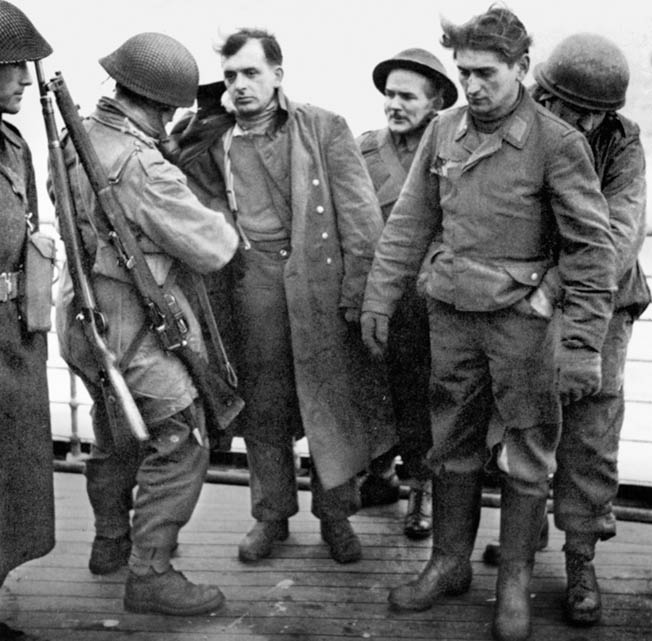
Careful to visit at low tide, they could see there were no anti-landing-craft obstacles that would be submerged at high tide, when the commandos would be coming in order to have a shorter distance to cover from the water’s edge to the radar post. After leaving the beach they visited a nearby black market restaurant Charlemagne knew of, and Pol studied the register and wrote down the names of all the higher-ranking German officers stationed in the area. By sending these names to London, Allied counterintelligence could learn from earlier obtained lists the designations and quality of the Wehrmacht units guarding the installation.
Meanwhile, a young physical chemist named F. Charles Frank, on loan to the RAF from Aberdeen University’s College of Natural Philosophy, was working on the project. While looking over a batch of recon photos of installations of the Germans’ older Freya radar sets, he saw something else interesting. There was an isolated house near the Freya installation. This structure was presumably quarters for the radar station’s guards, but there was an intriguing little path that led south from the house to the radar installation and veered to one side to pass next to a small black dot before continuing on to the radar shack. It was not big enough to identify, but the fact that the path connected the dot to the barracks indicated it was something important. When Frank reported this to his immediate superior, Professor R.V. Jones, also of Aberdeen University, Jones and his colleague on the project, mathematician Claude Wavell, ordered more photos taken of this intriguing dark speck.
These pictures led Wavell to conclude that this inauspicious looking dot might be the source of the 570-megacycle pulses that were responsible for the steadily increasing bomber losses over Germany. Information from this surreptitious set, which the Germans called Wurzburg, was being transmitted to the receiving stations in Berlin and Vienna, from where it was sent to coastal fighter airfields to vector aircraft to the British bomber formations.
Jones passed this information on to Lord Frederick Cherwell, Prime Minister Winston Churchill’s scientific adviser, and from that point the raid on Bruneval began to take shape.
As data on the target arrived, C Company assigned code-names to the assorted aspects of the objective and the area surrounding it. The enemy beach defenses were designated Beach Fort, Redoubt, and Guard Room. The isolated house near the set became Lone House, a nearby farm was Rectangle, and the Wurzburg radar was Henry.
“The Raid is on For Tonight”
Frost reviewed his orders: “To capture various parts of Henry and bring them down to the boats. To capture prisoners who had been in charge of Henry. To obtain all possible information about Henry and any documents referring to him which may be in Lone House.”
Frost’s commando team would be divided into three 40-man sections, each group with its own distinct assignments. The units would jump at five-minute intervals, with the first 40 men parachuting at 12:15 am.
This 40 would move as quickly as possible to the beach. When Frost gave them a signal from his position slightly inland, they were to take Redoubt, Beach Front, and Guard Room, thus securing the company’s route from the objective to the beach. As soon as their area of responsibility was secured and swept for mines, they would signal the Royal Navy elements offshore that the raid was under way and the line of retreat was established. This aspect of the operation was perhaps the most crucial simply because it was impossible to be sure how many Germans would be manning the defenses after midnight, whether they would be surprised, or their quality and resolution.
The second 40-man element was to establish a defense line west of Rectangle to guard against enemy counterattacks on Henry and Lone House. They would also surround Henry and Lone House and then work on dismantling and bagging as much of Henry as possible.
The last 40 men would serve as a screen inland of the radar installation as a reserve in case help was needed by one of the other groups and to be a rear guard as the entire company withdrew to the beach.
As in any commando operation, speed was essential. All men would deploy as quickly and silently as possible. Due to darkness, Frost would be unable to tell for sure when his men were in position, but when he estimated it had been long enough he would signal for the attack to begin by sounding four blasts on his whistle. The drop zone was east of a dirt road east of the objective and running north to south. A nearby tree line would serve as an assembly point.
The raid was scheduled to commence during the predawn of Tuesday, February 24, 1942, but immoderate weather forced repeated postponements. At noon on Friday the 27th, Browning personally arrived at Frost’s headquarters in the Channel coast town of Tilshead and handed down the word from 1st Airborne Division headquarters: “The raid is on for tonight.”
That afternoon the Prins Albert took on her regular crew plus 32 Welsh commandos who would secure the beach departure point after Frost and his men completed the mission. Two destroyers and five motor gunboats escorted Prins Albert. The gunboats each packed two two-pounder cannon, four half-inch Vickers machine guns firing a mixture of tracer and armor-piercing cartridges, and four depth charges in case of enemy submarine contact.
At 9:52 pm in freezing, inky blackness, Prins Albert lowered six commando-laden landing craft into the cold Channel waters. Each vessel carried its regular Navy crew and four soldiers armed with Bren guns who would provide cover should the commandos be pursued to the beaches after the mission. Her task done, Prins Albert headed home.
The gunboats and landing craft then closed on the French coastline. There was a bright moon, good visibility, and little wind so far, but the wind was forecast to pick up uncomfortably early in the morning.
Frost and his command leaped into the night and touched down, but not all was well. Two of the 10-man light assault sections, composed entirely of Scotsmen and commanded by Lieutenant E.C.B. Charteris, were missing. Their planes had strayed off course and dropped them a mile and a half to the south, just east of the town of L’Enfer.
After waiting a few minutes, Frost realized he could delay no longer. He led his 40 men toward the Lone House to commence dismantling Henry. To their astonishment they found the door wide open and the structure’s ground floor unoccupied. The Wurzburg radar was unguarded.
As several of his men crowded inside and surrounded the apparatus, Frost stayed outside long enough to sound four piercing blasts on his whistle. Seconds later a solitary, half-asleep German on the second floor began firing his Mauser down the stairwell at the Britons around the radar set. Three commandos rushed onto the stairs and, as he was clumsily working his rifle’s bolt action, riddled him with their Bren guns. These three then searched the rest of the building and were amazed to find it empty.
Lieutenant Peter Young led a group of commandos in a charge against the radar dish and quickly overran it. Most of the Germans fled without hesitation, but the British managed to take one prisoner who had no desire to be a martyr. He quickly told Frost’s interpreter that he was part of a Luftwaffe communications regiment, just the kind of prisoner Frost was supposed to take; that about 100 of his regimental comrades were bivouacked at Rectangle; and that, although they were armed with small arms and mortars, as signalers they were not experts in their weapons’ usage.
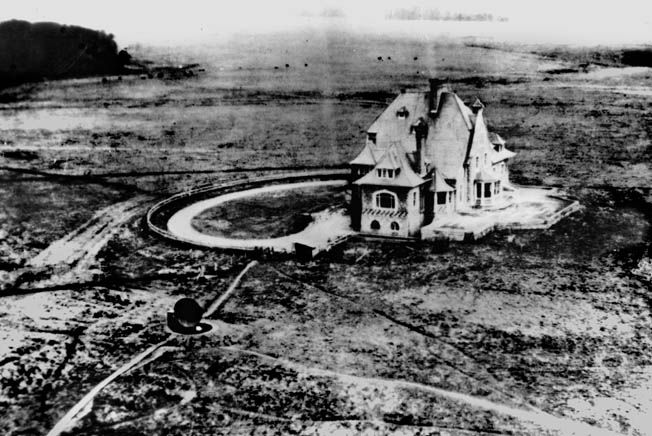
Even if these communications specialists were not frontline veterans, they quickly opened fire on Lieutenant Peter Naumoff and his 20 men who had established a defensive line to prevent them from attacking Frost and his troops at Lone House. Frost’s prisoner revealed the Germans had picked up the incoming planes on radar just before they disgorged the paratroopers.
Worried that there might not be sufficient time to dismantle Henry before hostile reinforcements arrived, Lieutenant Dennis Vernon pulled out his camera and commenced taking pictures of the set but had to stop because the flash bulbs drew enemy fire. Sergeant Charles Cox started sketching the radar, and when he finished his drawing he composed a written description of it. Then he and Vernon used screwdrivers and a crowbar to force the set loose from its base while doing as little damage to it as possible.
By this point the fighting around Lone House was growing in intensity and becoming confused as Germans and Britons closed with each other. So far, however, only one commando had been killed. Frost noted to his dismay that the shooting from the direction of the beach, his escape route, was particularly intense.
Captain John Ross’s 10-man section was assigned to the center of the donnybrook as a reserve to rush wherever they were most needed, but he and his men were pinned down by heavy machine-gun fire from the southeast. This was the sector supposed to have been secured by Charteris and his men, but with them missing there was no one to hamper the defenders.
By this time Frost and his section had collected most of the radar, loaded it onto a two-wheel dolly, and were cautiously moving toward the beach. Naumoff and his men, who had withdrawn from the vicinity of Rectangle, joined them. As they reached the wide gully leading to the shore, Naumoff made it over the edge, but the Germans in a casemate on the gully’s north side saw him as he reached the rim.
They were ready when Frost and his radartoting squad arrived. The defenders fired a long burst, and Sgt. Maj. C.S.M. Strachan screamed as three bullets tore into his midsection. At this point Ross bellowed up from below. “Don’t come down! The beach is not taken yet!”
The Germans from Rectangle reached and briefly occupied Lone House, but true to their inclinations as noncombat communications men they quickly withdrew to Rectangle. After bandaging Strachan and giving him a morphine injection, Frost and his men stumbled down the icy path to the beach. By then Naumoff had reached the bottom of the slope, and as he and Ross’s men prepared to rush the German machine-gun nest they were astounded to hear shooting and shouts from the southeast. The voices had Scottish accents! Charteris and his 20 men had zeroed in on the sounds of combat from their off-target landing spot outside L’Enfer and double-timed it to the combat zone. Their unexpected appearance behind the defenders panicked the Germans into abandoning their position.
Charteris’s appearance had thoroughly confused and frightened the Germans who occupied Lone House after Frost and his men had left it. As the missing commandos began shooting their way into the engagement, the defenders overestimated the number of soldiers they were facing and fled to Rectangle. At one point during Charteris’s run, a German soldier had mistaken the Scots for his own people and joined their file. The Scotsmen had to stop and silently bayonet him.
Charteris’s charge, by pure coincidence, came at the same time as Naumoff’s from the other side of the valley. Charteris’s, Naumoff’s, and Ross’s sections stampeded onto the beach as the Germans manning the machine-gun nest, understandably thinking they were under a coordinated assault from multiple directions, took to their heels. Sergeant Jimmy Sharp managed to capture a German telephonist, tell him he was taking a trip “nach England,” and marched him to the beach.
“God Bless the Ruddy Navy!”
Ross’s two radiomen could not raise the landing craft on their wireless, so he had two of his sappers activate an experimental radio beacon that had a companion set in one of the landing craft. Frost then had Ross fire a green flare from the north end of the beach, and then another from the south end.
By now it was 2:35 am and the weather was closing in, but fortunately for the raiders the Royal Navy crews had seen white flares fired by the Germans as well as Ross’s green flares and had already closed to just 300 yards offshore.
Frost, despairing after the unsuccessful attempts to contact the Navy and receiving reports of headlights approaching from the east and southeast, had positioned his men in a defensive perimeter with their backs to the sea. He suddenly heard one of his men bellow, “Sir, the boats are coming in! God bless the ruddy Navy!” The landing craft bore down on the shore as their Bren gunners swept the cliff top with automatic fire. It took until 3:30 to load his men, his wounded, the two who had been killed, the prisoners, and their priceless Wurzburg onto the vessels.
Frost was last to board, hoping in vain that six missing men might show up at the last moment. Long after the commandos had departed, two of the MIAs used their radio to contact the small convoy headed west at full speed. They were two of Charteris’s wireless operators who had gotten lost and reached the beach too late. They were told to try to reach Switzerland or Spain.
After the raiders returned to Britain and the press trumpeted their exploits, the war-battered Allies took heart in a success while around the world the Axis powers seemed unstoppable. The English Nazi and propagandist Lord Haw Haw (William Joyce) derisively described Frost and his commandos in his nightly radio broadcast as a mere “handful of redskins.”
Some felt the British themselves were somehow castigating their heroes when the 120-man squad received a total of just six medals for their magnificent exploit. Yet the high command was actually acting out of regard for the soldiers’ future well-being. There was still obviously a lot of war ahead, and if any of these men should be captured by the Nazis they likely would be executed in retaliation for stealing the Wurzburg, unless the Germans never learned their identities.
British technicians from the Telecommunications Research Establishment quickly went to work on the captured Bruneval equipment and noted that the lowest serial number on any of the device’s parts was 40,144 and the highest was 41,093. Jones accurately calculated that 100 Wurzburg sets were being manufactured per month. Testing of the apparatus also revealed that it was immune to standard radio jamming.
The alternative was a system both sides independently discovered and used extensively. By dumping clouds of reflective ribbons cut to the precise length of the radar wavelengths, bombers created multitudes of false echoes on radar sets tracking them. By mid-1942 the Luftwaffe in occupied Europe, realizing it was lagging in radar technology, was already thinking defensively.
Identified by the Allied code-name Window, this metal-strip strategy was effective. While the Germans still tried to perfect the system, the RAF was already modifying its own radar system to see through the enemy’s attempts to jam radar with this method. With the Luftwaffe increasingly overburdened, it could spare fewer resources for research and never caught up with the Allies’ proliferating radar technology.
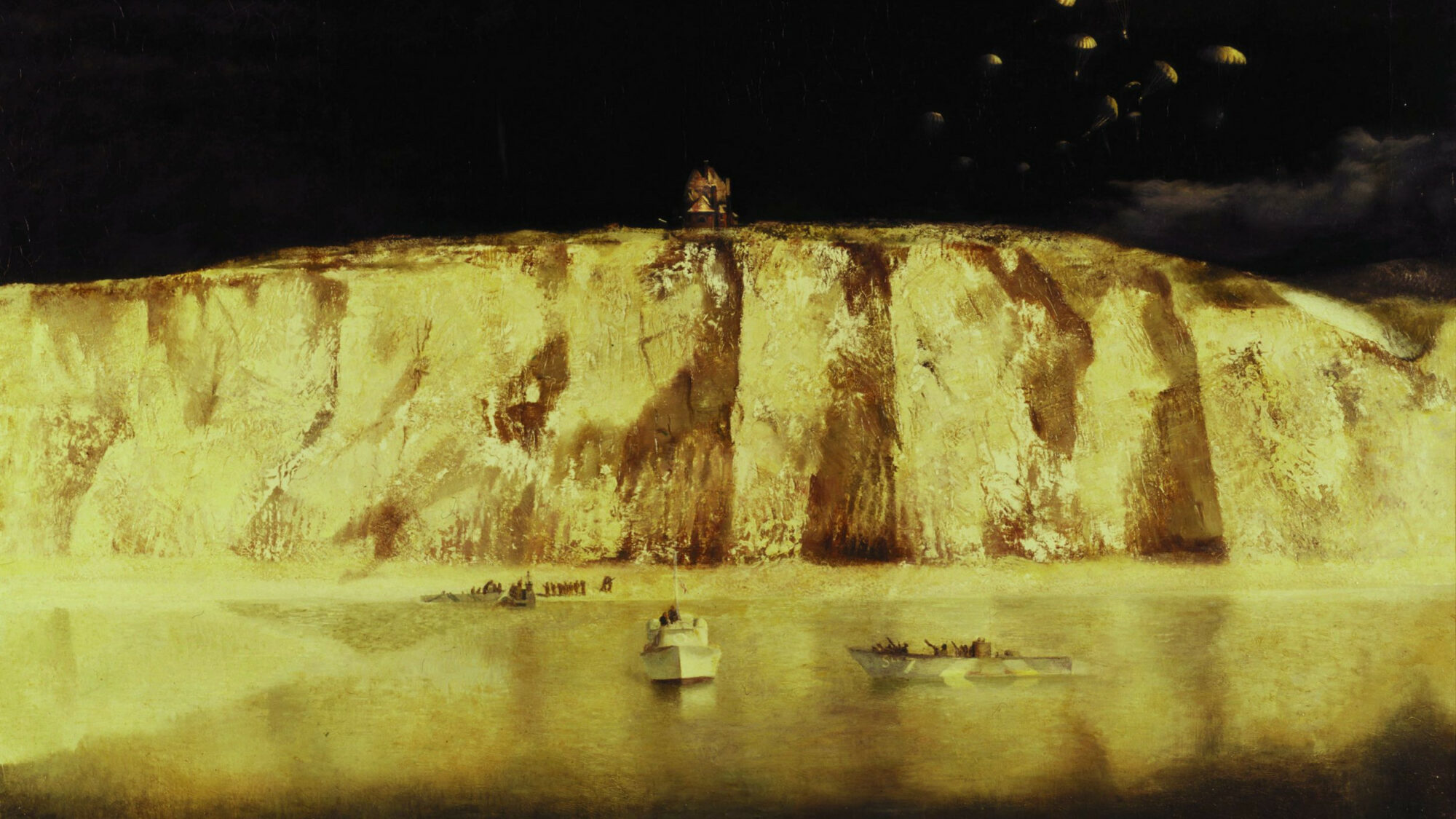
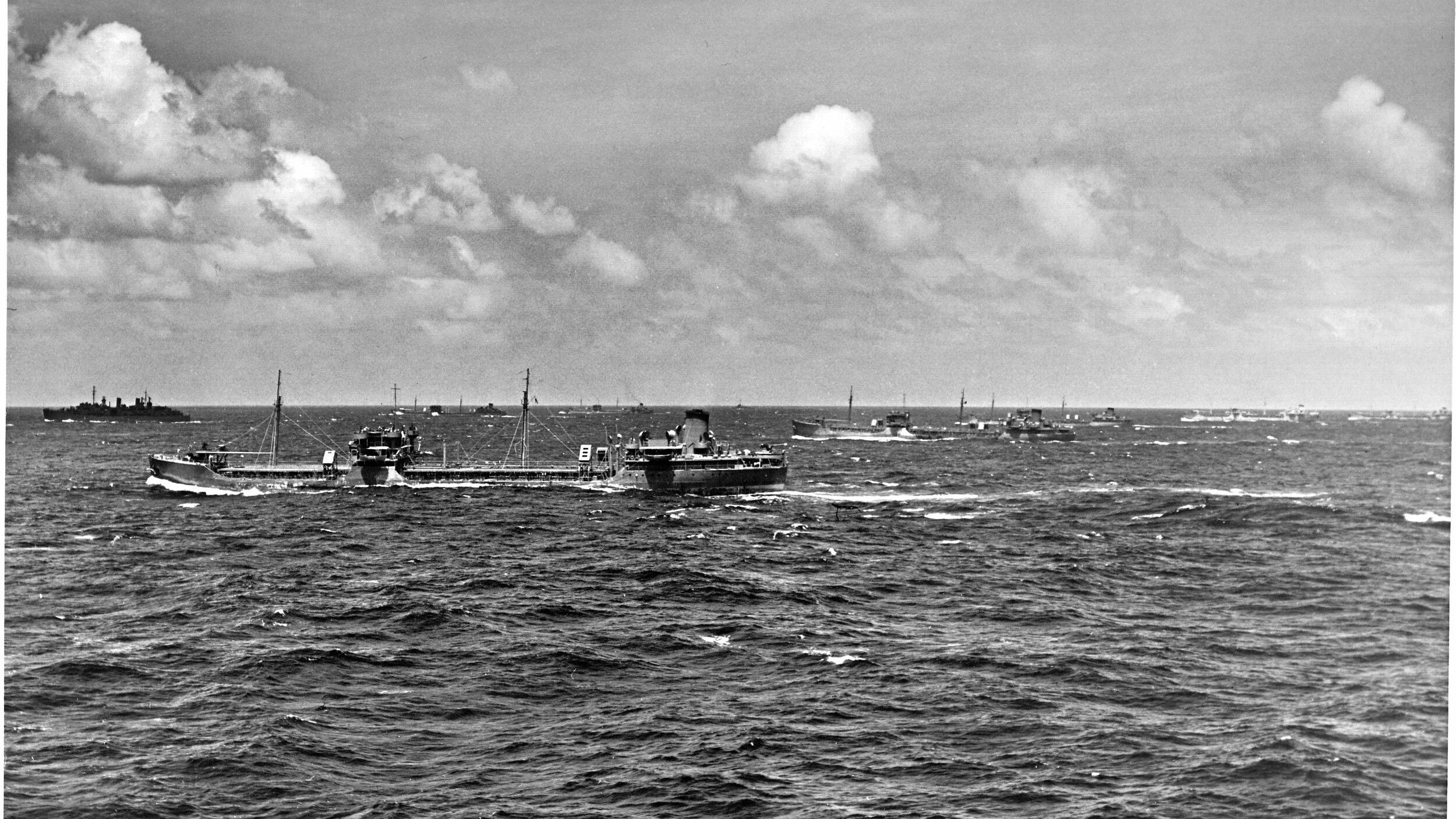
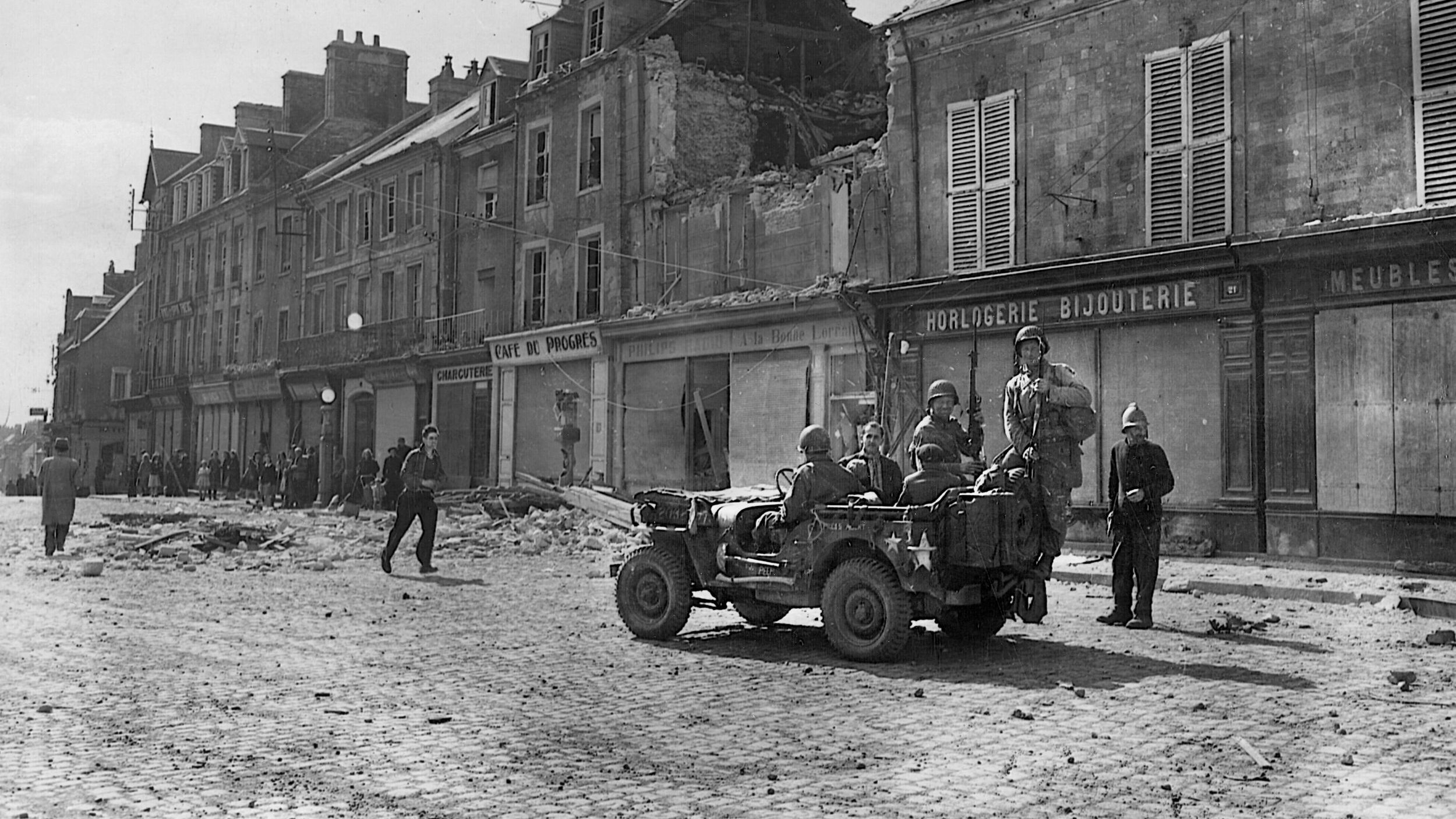
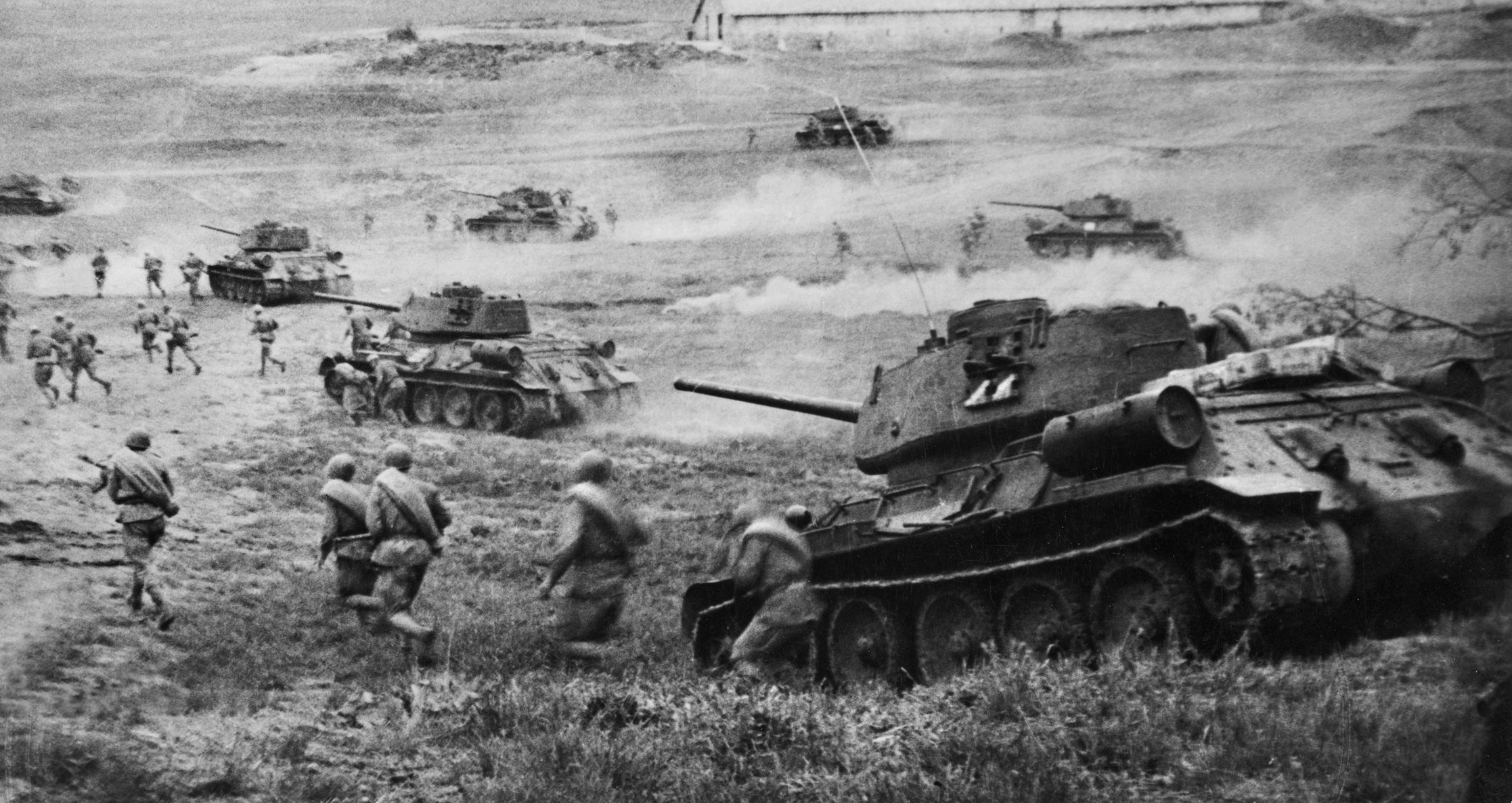
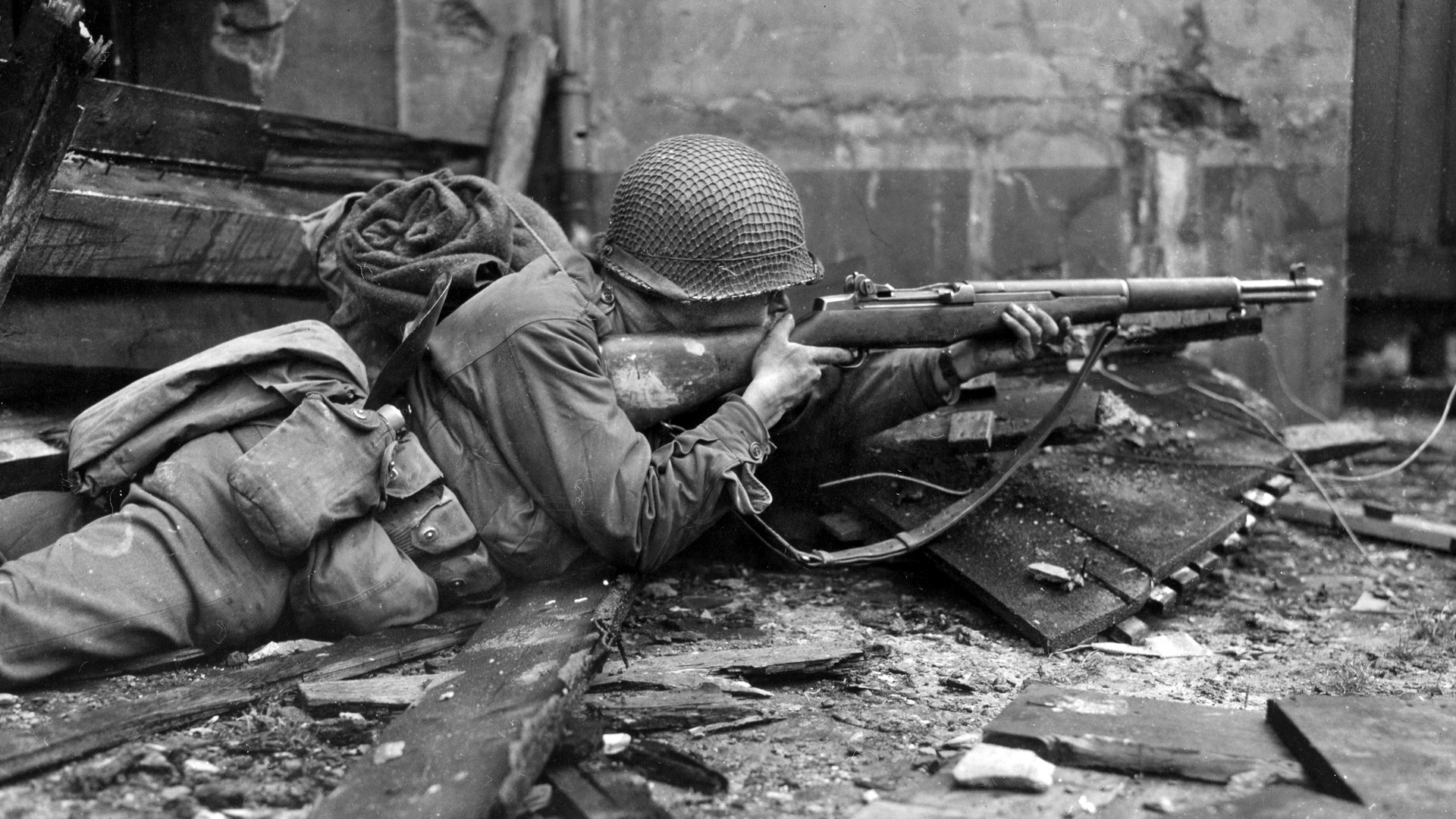
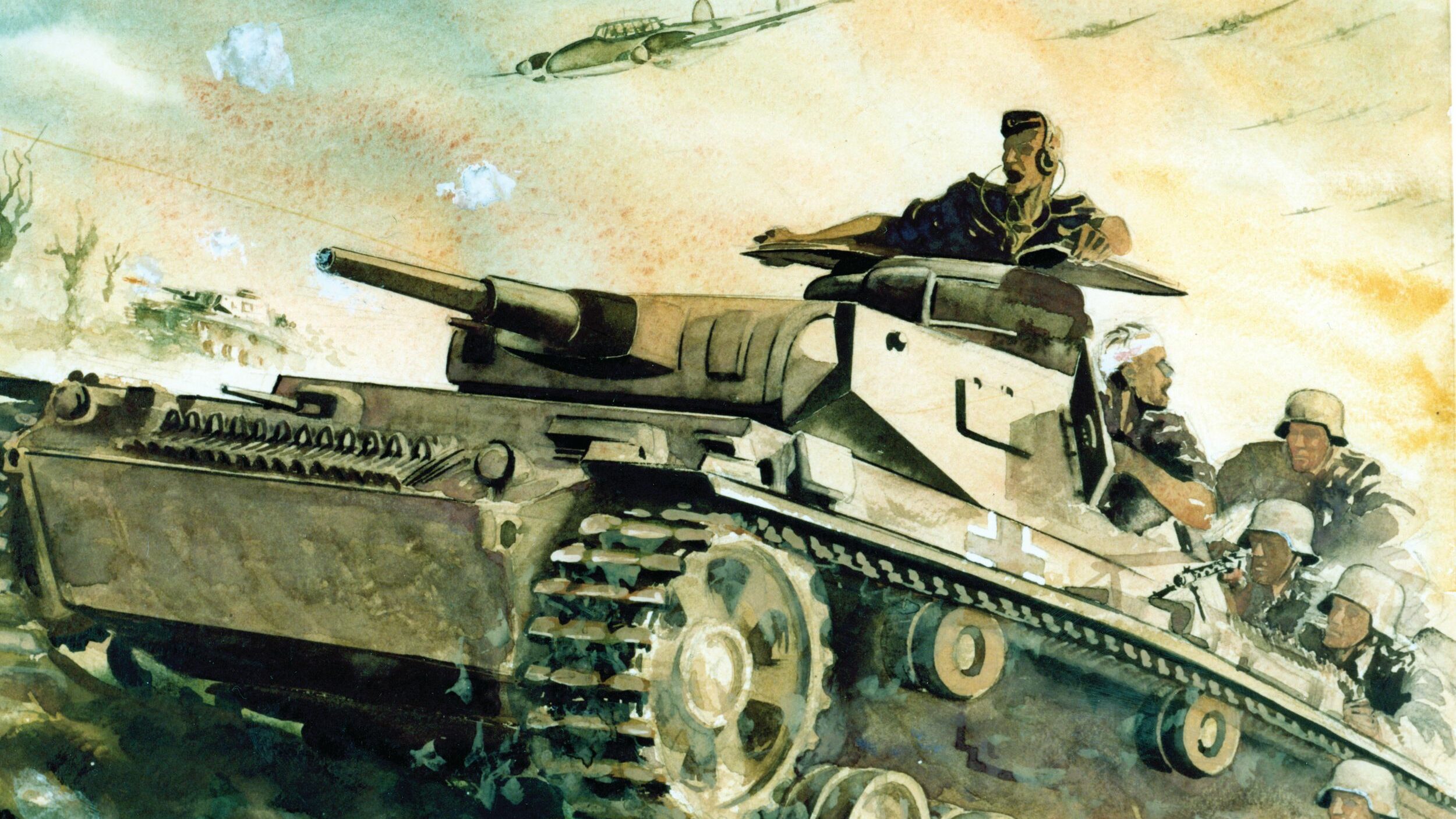
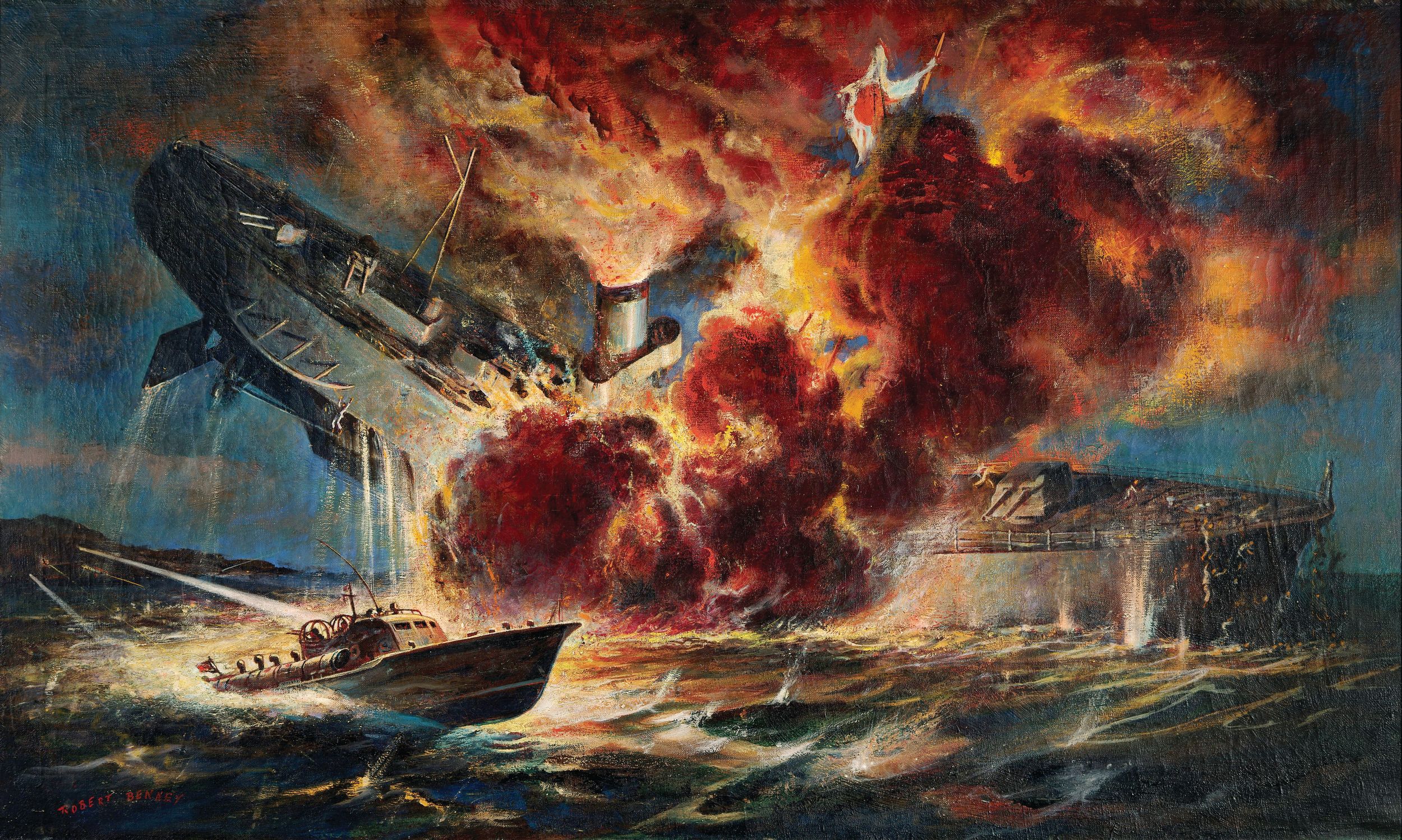
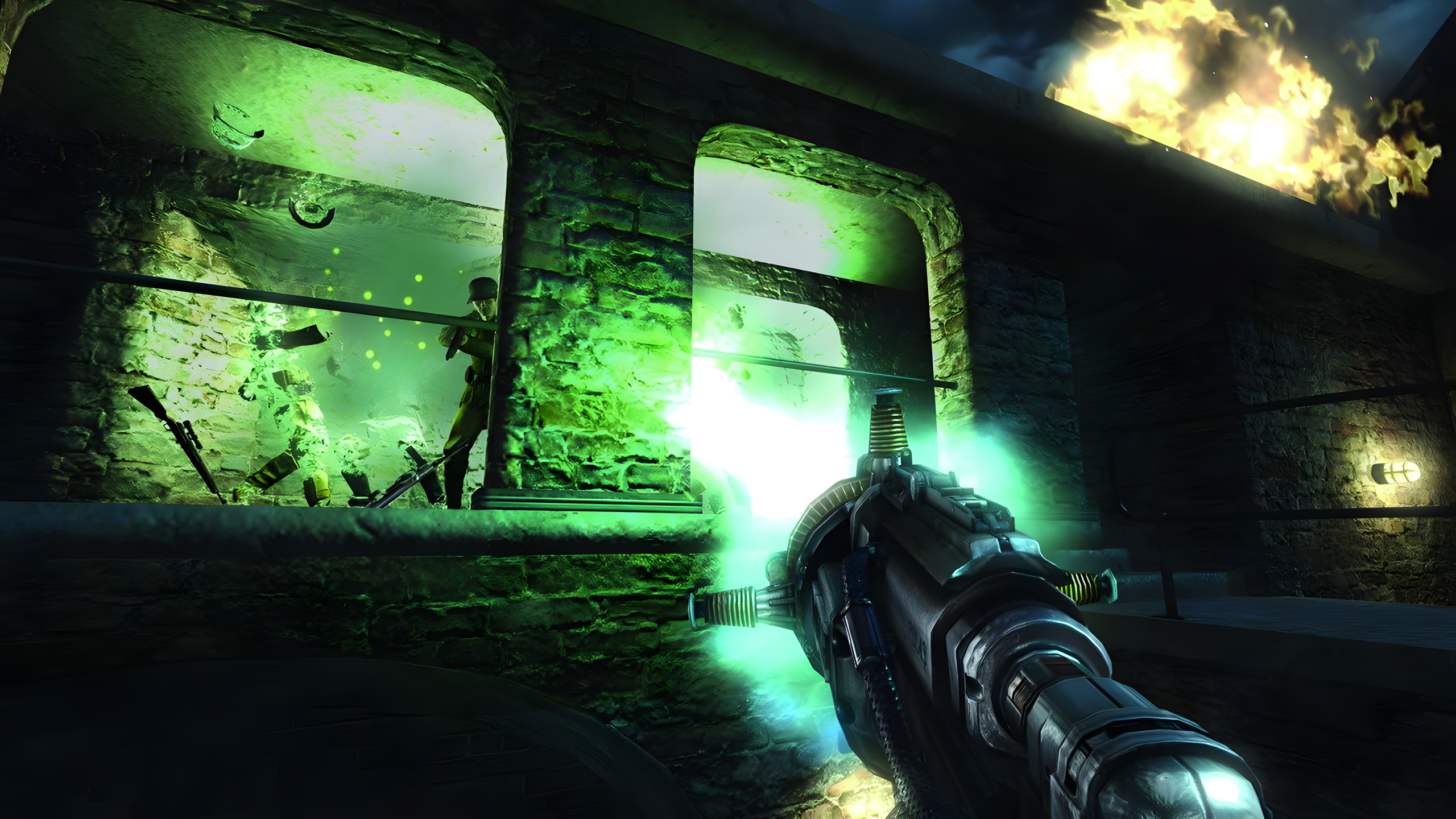
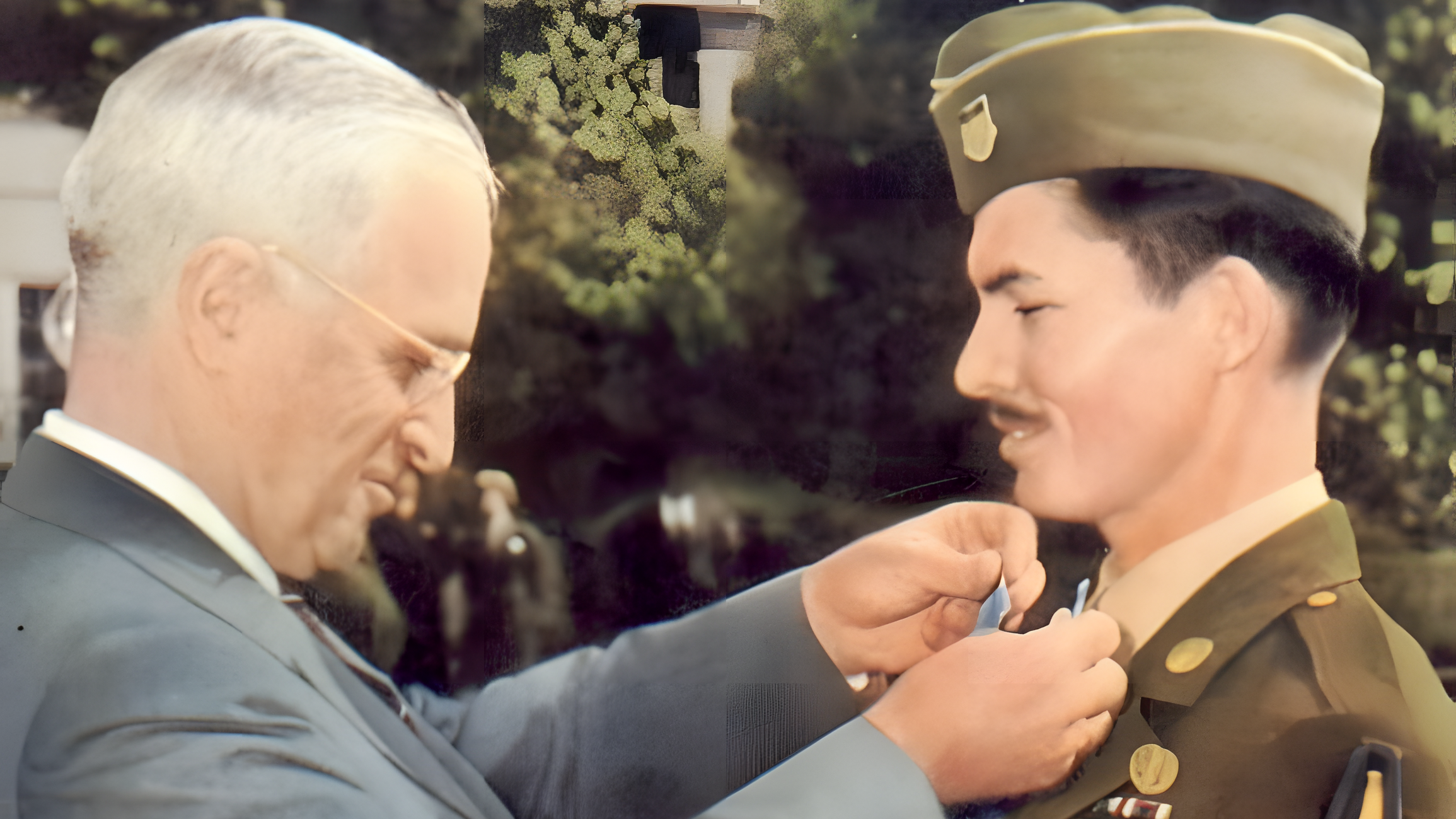
Join The Conversation
Comments
View All Comments